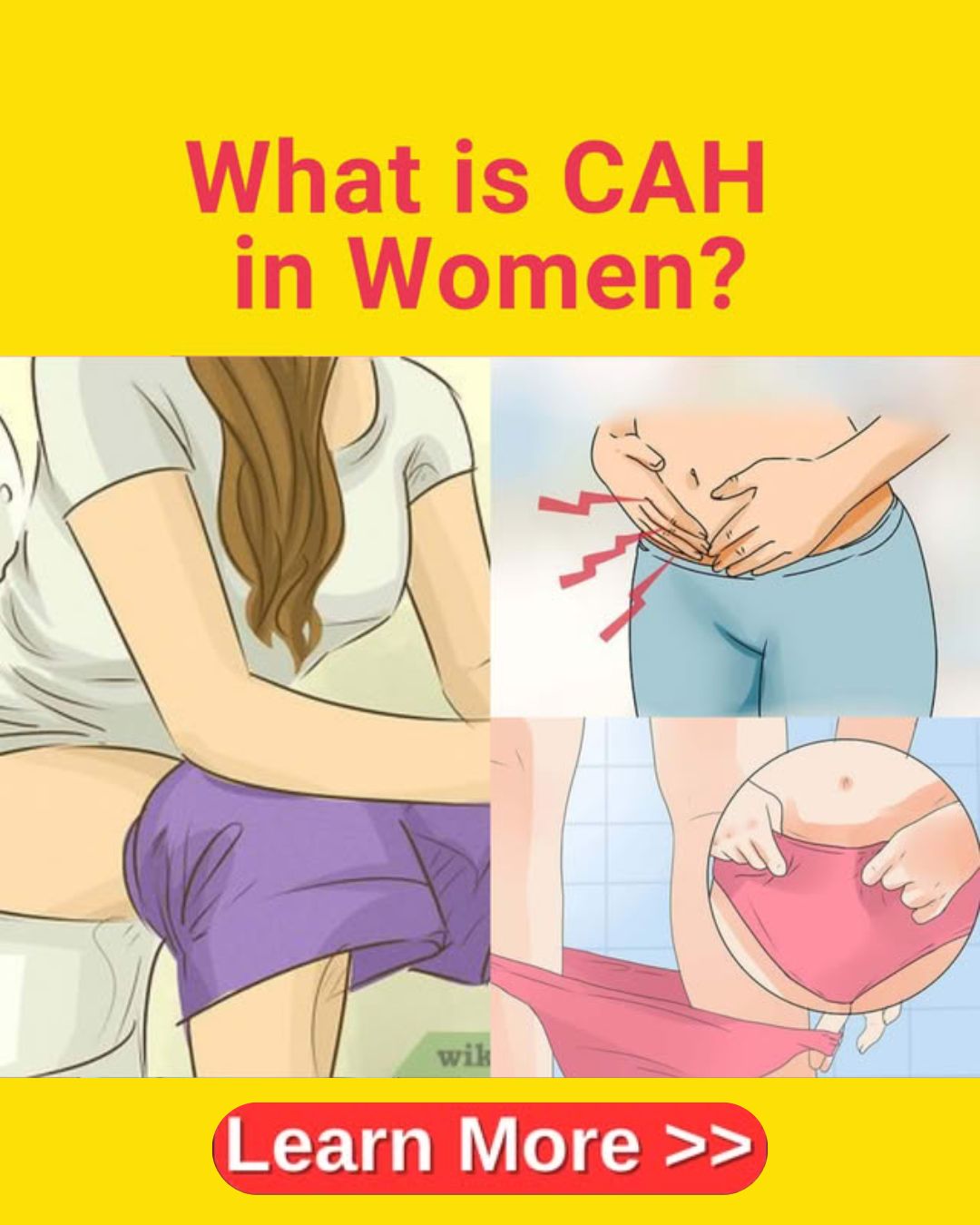
by Shelley Thompson
Congenital adrenal hyperplasia (CAH) in women can be difficult to identify, as its symptoms often resemble other hormonal conditions. Recognizing how CAH affects female hormones, the challenges of diagnosis, and available treatments can empower women to take charge of their health and well-being through early recognition and effective support.
What Is CAH in Women?
CAH, or congenital adrenal hyperplasia, refers to a group of inherited disorders that disrupt normal adrenal gland function. In women, CAH is most commonly caused by a deficiency of the enzyme 21-hydroxylase. This hormone imbalance impacts cortisol production and can increase androgen (male hormone) levels, leading to symptoms that range from mild to more obvious depending on whether the classic or non-classic type is present. Non-classic CAH in adult women often appears with subtle features that can be mistaken for other conditions.
Why Timely Diagnosis Matters
Symptoms of CAH in women frequently overlap with other hormonal issues, such as polycystic ovary syndrome (PCOS). Irregular periods, excess hair growth, and acne are common to both, which can delay accurate diagnosis. Since mild or late-onset CAH may only cause subtle symptoms in adolescence or adulthood, many cases go undetected. Early recognition is important because it enables targeted treatment, better management of symptoms, and informed decisions about reproductive health.
The Benefits of Early Recognition
Identifying CAH early allows for prompt management of hormone imbalances and supports overall health. With an accurate diagnosis, women can work with healthcare providers to address fertility concerns, plan pregnancies safely, and manage long-term health risks associated with CAH and its treatments. Early intervention also includes emotional and psychological support, which can play a vital role in improving quality of life and mental health.
Diagnosis and Treatment: What to Expect
Diagnosis of CAH typically begins with a review of symptoms and may include blood tests to check hormone levels, genetic testing, and the exclusion of other conditions. In newborns or young girls, ambiguous genitalia or early puberty can prompt evaluation. Mild, late-onset forms may present only with subtle symptoms such as irregular menstrual cycles or unexplained fatigue. Advances in hormone assays and genetic panels help confirm the diagnosis and guide treatment decisions.
Most women with CAH are treated with hormone replacement, usually corticosteroids, to balance hormone levels. Recent advances include modified-release steroid preparations designed to reduce side effects and ongoing research into gene therapies. For those exploring alternatives, non-pharmacologic support and close endocrine monitoring may be possible, but treatment should always be supervised by an experienced healthcare provider.
Ongoing Care and Managing Challenges
Even after diagnosis, women with CAH may face ongoing challenges. Long-term use of corticosteroids can pose risks, such as bone loss, weight changes, elevated blood sugar, and mood fluctuations. Regular monitoring is essential to catch and address these potential effects. Mental health considerations are also important, as living with CAH can impact self-esteem, body image, and emotional well-being. Women facing fertility challenges may find that individual treatment plans improve outcomes. For those planning a family, specialized care during pregnancy can support healthy outcomes for both mother and baby.
Best Practices for Living Well With CAH
For the best results, women diagnosed with CAH should partner with an endocrinologist familiar with both classic and non-classic forms of the condition. Routine check-ups, hormone monitoring, bone density assessments, and attention to mental health are part of a comprehensive care plan. Lifestyle measures, stress management, and community support can complement medical management. Staying informed about new developments in CAH treatment helps women and their providers anticipate and address any changes in symptoms or life circumstances.
Resources
1. National Institutes of Health. “Congenital Adrenal Hyperplasia.” https://www.nichd.nih.gov/health/topics/cah
2. Endocrine Society. “Congenital Adrenal Hyperplasia: Guidelines for Diagnosis and Treatment.” https://www.endocrine.org
3. MedlinePlus. “Congenital Adrenal Hyperplasia.” https://medlineplus.gov/congenitaladrenalhyperplasia.html
4. Mayo Clinic. “Congenital adrenal hyperplasia.” https://www.mayoclinic.org
5. American College of Obstetricians and Gynecologists. “CAH and Women’s Health.” https://www.acog.org
6. Hormone Health Network. “Women’s Health and CAH.” https://www.hormone.org
7. Genetics Home Reference. “21-hydroxylase deficiency.” https://ghr.nlm.nih.gov
8. Journal of Clinical Endocrinology & Metabolism. Peer-reviewed research on CAH treatment and outcomes.
9. CAH Support Groups and Mental Health Resources. https://www.caresfoundation.org
10. UptoDate. “Congenital adrenal hyperplasia in adults: Management and treatment.” https://www.uptodate.com
